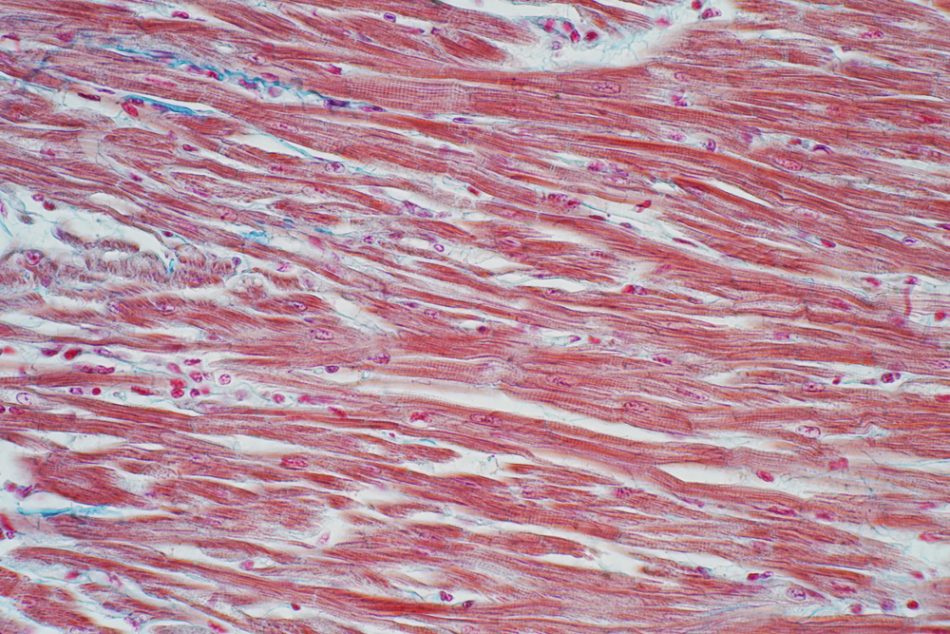After a heart attack has occurred, some of the beating cardiac tissue ends up being replaced with non-beating scar tissue – this permanently compromises the function of the heart. A new patch, however, is designed to help.
Bioengineers from Trinity College Dublin, Ireland, have developed a prototype patch that does the same job as crucial aspects of heart tissue. It is intended to be attached to the outside of the heart, bridging an area of scar tissue.
The device consists of a medically-approved stretchable polymer, coated with a mesh of a separate electroconductive polymer, allowing it to replicate the electrical signaling that enables our hearts to pump blood rhythmically.
It is hoped that once implanted on the heart, the patch will be able to pick up the electrical signals of the surrounding cardiac cells, transmitting their signals across the gap, and expanding and contracting in time with them.
The medical advance takes researchers one step closer to a functional design that could mend a broken heart, and eventually help mitigate the effects of heart disease, which is the leading cause of death globally.












